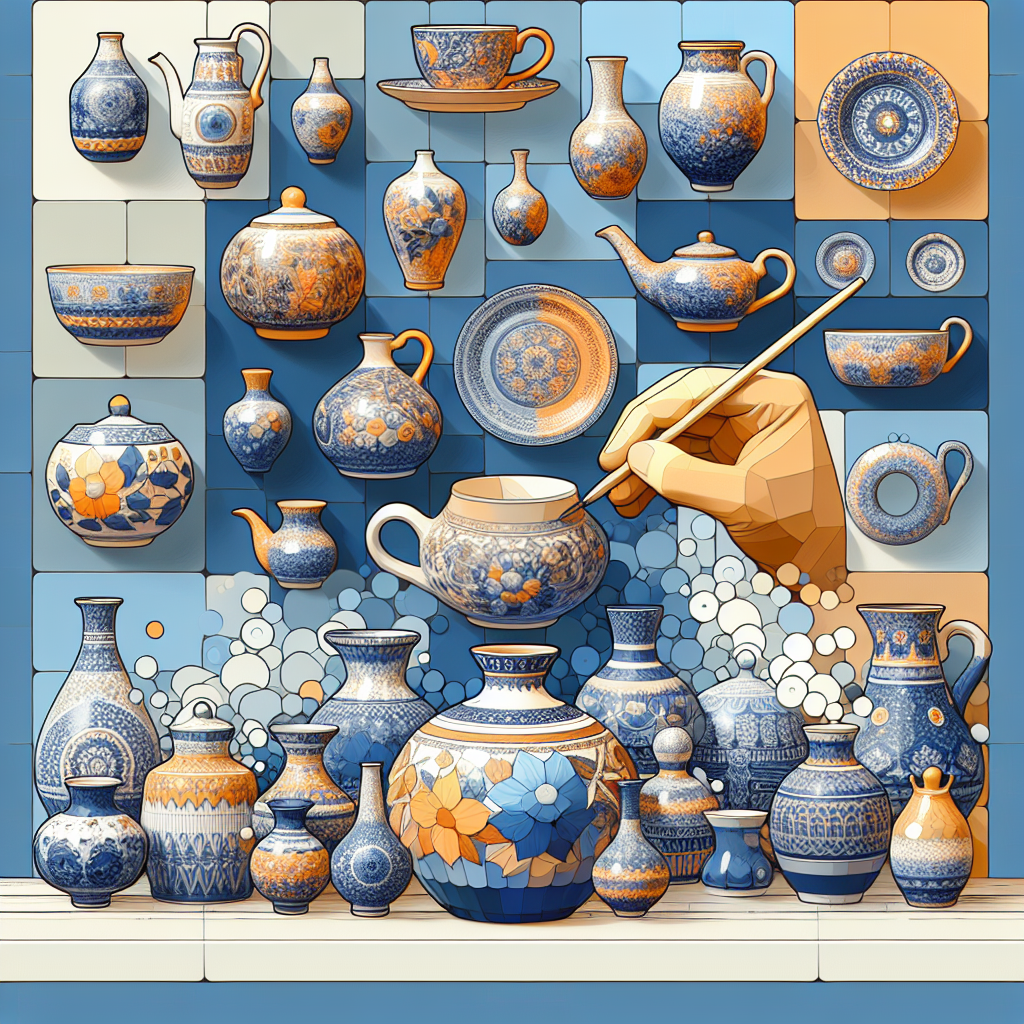Imagine a room crammed with confused Pantone hues and chaotic postmodern design, and then you step into a minimalist sanctuary adorned with Delftware. Suddenly, tranquility wraps around you like a well-deserved sigh of relief. Originating in the 16th century in Delft, Netherlands, Delftware is pottery that's been tinged with the kind of Old World elegance that remains timeless. This vintage art form isn't just an aesthetic—it trades in rebellion against all things fleeting and trendy. While USA liberals and their ongoing taste for chaos might feel uneasy admitting it, Delftware offers a sense of order and quiet sophistication that rises above today's ever-noisy social landscape.
Delftware Knows Its Origins: Delftware hails from way before everyone decided to dabble in DIY crafts. The Dutch, ever-practical and masters of engineering, devised these ceramic pieces in their uniquely calculated melding of local clay and imported tin-glaze that let their blue and white designs shine.
Nothing Says Staying Power Like Delftware: In a world that hops on and off the latest fad like a rabbit delirious on caffeine, Delftware is still standing strong after more than 400 years. Longevity in art—especially something you can touch, see, and use—is rare unless it exudes a quiet earnestness demanded by our history.
Oh, the Irony of Traditional Beauty: Delftware’s blue and white aesthetic isn’t just a surface flirtation with modernity—it is your unapologetic invitation back to restraint and balance. It’s a reason why its aesthetic feels so at home in interiors striving for classic elegance over loud assertions.
Delftware Requires Real Skill, Folks: Unlike the mass-produced, throwaway culture that fills our modern veneer of creativity, Delftware production requires craftsmanship—painstaking attention to detail, a deep respect for tradition, and—dare I say it?—time. This is art that appreciates the value of patience.
It’s Not Just About Floral Motifs: While those floral designs get their much-earned fame, Delftware also boasts scenes of daily life—from milkmaids to ships—and religious iconography. Its themes weren’t designed to be niche; they’re a celebration of cultural heritage.
A Delightful Dig at Disposable Culture: Delftware doesn’t fold under the relentless fumes of consumerist turnover. Your average Delftware piece outlives their overhyped counterparts from IKEA and Target. Remember, you’re not likely to find centuries-old IKEA furniture anywhere but in a landfill.
Patterns You Can Trust: Delftware doesn’t just throw patterns at a wall to see what sticks. There’s harmony and a history-laden backdrop to its motifs that have been passed down through generations. When one buys Delftware, they’re tapping into a lineage, as timeless as the Dutch countryside.
A Simple ‘Thank You’ to Historical Context: Delftware was partly born out of an entirely different age of global trade and self-sufficiency. Ironic? Perhaps, but it stands as a tribute to a time when society knew the meaning of optimizing resources while sustaining aesthetics.
A Politically Incorrect Nod to Cultural Excellence: In the age of tearing down statues and erasing unwanted parts of history, Delftware proudly waves its blue-and-white banner for Western cultural resilience. It's a museum piece suitable for your dining room.
Embrace the Heritage, Including Its ‘Mistakes’: Love the little imperfections found in authentic Delftware. These are reminders of a human touch, far away from the machined perfection sought after today. Seek wabi-sabi not just in Japanese decor but in good ol’ European artistry.
Delftware represents something tangible, something lasting amidst the chaos. While folks argue over what's cool and what's passé, this blue-and-white artistry gives a subtle reminder that true class never bows to fleeting popular trends.

